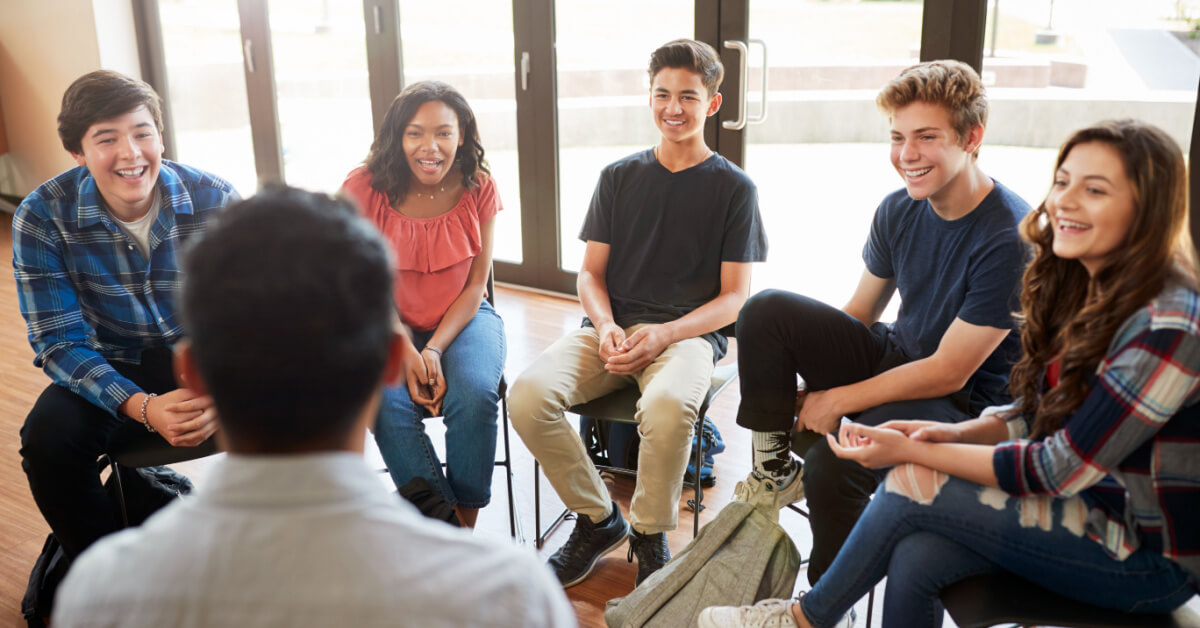February 23, 2023
To quickly review: the first article focused on how to embed Identity and the second article addressed how to add Diversity to the traditional visual arts curriculum. The first article tackled how to embed Identity within the traditional Visual Arts Cannon, typically a bastion of the “old white guy club,” by using competencies that deepen the learning process for students. By integrating 21st-century skills into the art process, we not only give our students a fantastic art education but also support their ability to succeed in any future venture. Embedding Identity broadens students’ perspectives on how people look at and experience the world around them. My second article grew in scope to outline how competencies that embed Diversity into the curriculum add another layer of complexity and experience for students and further broaden their perspectives and horizons.
This third article addresses the importance of Belonging. It’s not enough to have these conversations with students; it is necessary to create experiences and lessons in which students can feel and then express a sense of belonging.
Belonging
Cornell University’s Office of Diversity and Inclusion offers a wonderful definition of belonging: “Belonging is the feeling of…


